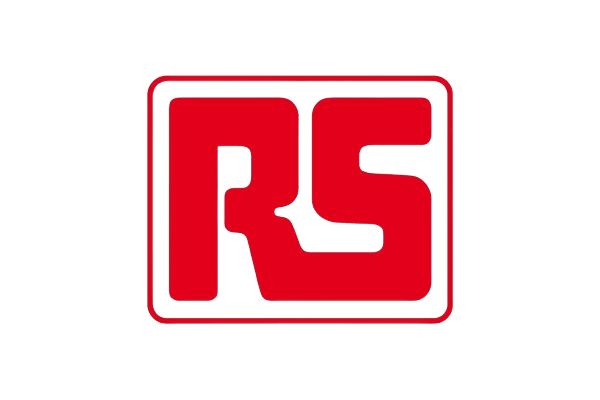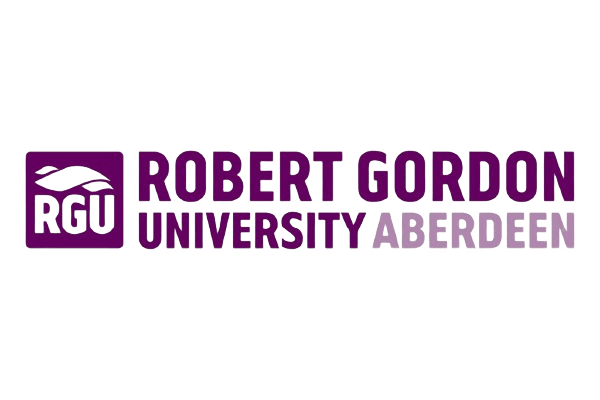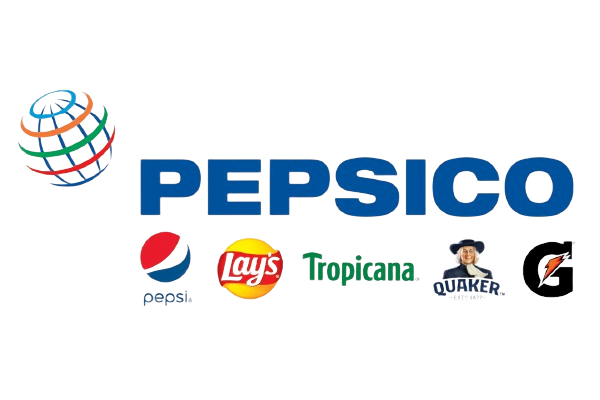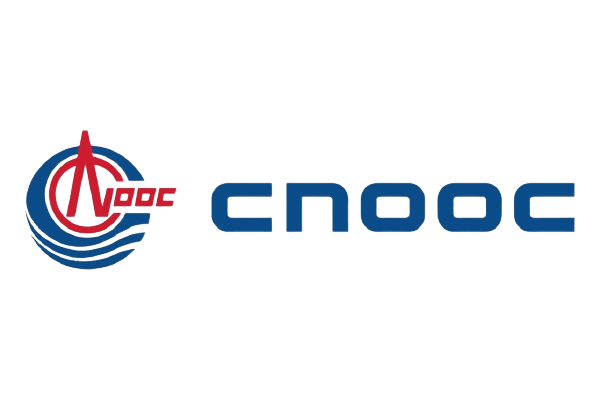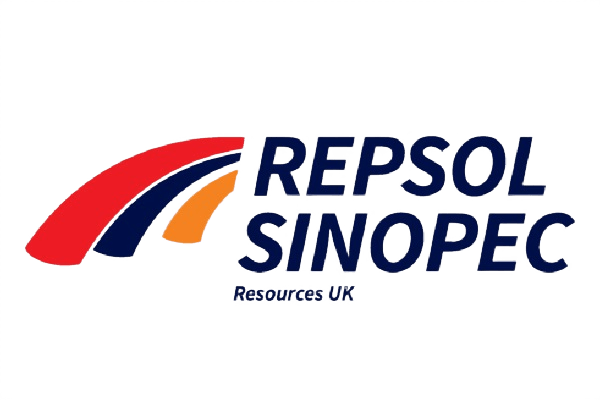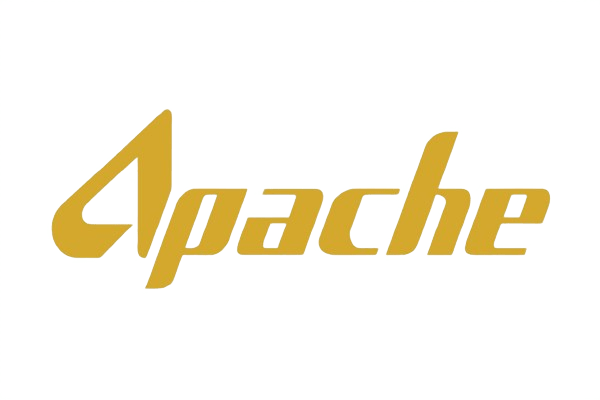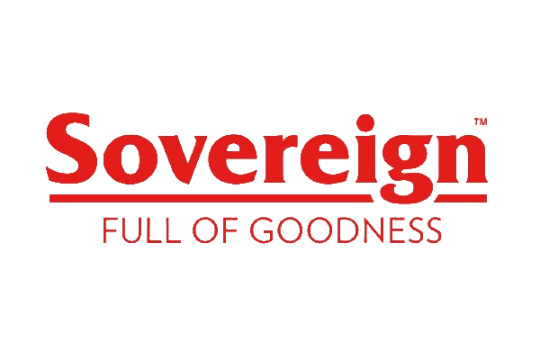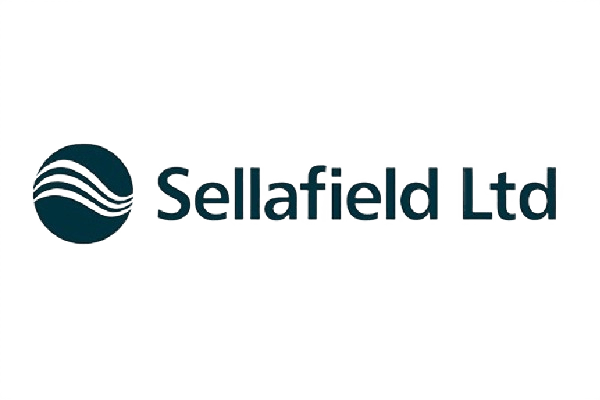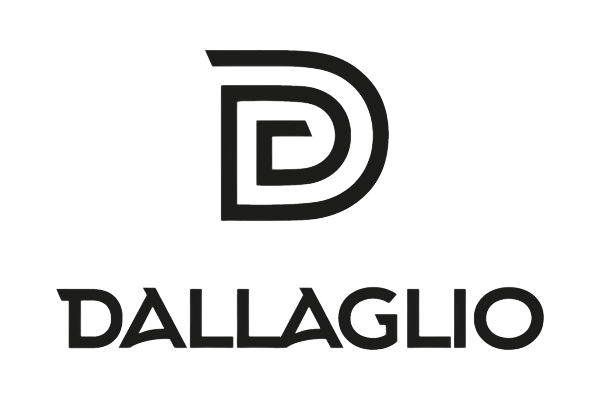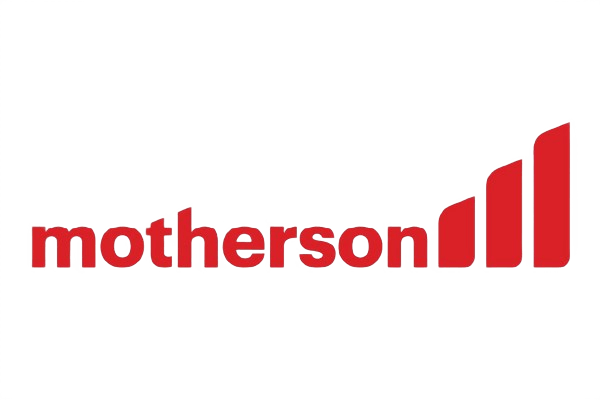In today’s fast-paced, high-pressure business environment, the most valuable asset you can have on your team isn’t an employee—it’s your physical assets. After all, these are the machines that help your business deliver its mission critical objectives, which ultimately impacts your bottom line, and every minute they spend on the repair bench is another minute they aren’t doing what they need to do to help you succeed. That’s why so many businesses turn to overall equipment effectiveness (OEE) systems to boost reliability and keep their production lines going smoothly.
What is OEE?
OEE is an overall assessment of an asset’s availability, based on machine downtime, quality performance and efficiency. Although operators can calculate OEE in Excel or other software applications, production managers typically take a more strategic approach. They define preventive maintenance schedules according to system vulnerability and real-time performance. They manage scheduled PM tasks through automated work orders (typically in asset management systems) that trigger any time an alarm occurs or when data falls below thresholds for several consecutive points in time.
What are the steps to OEE?
There are a few steps involved in calculating OEE, and each step is important.
You need to monitor every single operation of your assets throughout their lifecycle and gather data at every point along the way. This will give you an idea of how quickly your assets reach end-of-life, what parts need replacing most often and when they’re beginning to break down.
Once you have all that information, you can then calculate OEE. The three components of OEE are availability (A), performance (P) and quality (Q). To calculate it, simply divide A by P by Q. For example, if you were working on two machines during one month, one machine had 100% availability but only 50% performance while another machine had 50% availability but 100% performance, then your OEE would be calculated as follows: A/P/Q = 100/50/100 = 2.0. In other words, both machines performed equally well despite having different levels of available resources.
If you want to get really specific, there are subcategories for each component. For example, for availability there’s a mean time between failures (MTBF) and mean time to repair (MTTR). These subcategories allow for even more granular analysis of your equipment performance. While measuring OEE is important, it’s also vital to analyse why these metrics change over time. By identifying where potential problems may lie and preventing them from happening again, you can ensure long-term success.
At Optimal we have worked with companies across industries such as retail, pharmaceutical manufacturing and oil & gas refining. We understand what the industry needs are in order to implement strategies that achieve high reliability through strategic asset management solutions.
Why do you need OEE?
Before you can tackle your OEE, you need to ask yourself: Why do I want better reliability? What is my goal for productivity and uptime? If you don’t know your company’s answer, find out. A solid understanding of what maintenance managers are trying to achieve will go a long way toward helping them get there.
To begin tackling your OEE, you must first understand why it exists in the first place. In short, an OEE metric should be able to help companies identify potential issues before they become major problems that lead to costly downtime or other complications. It should also provide insight into how processes could be improved so that less time is spent on equipment repairs or preventative maintenance down the road. And if you use predictive analytics, asset performance management software and other tools designed specifically for physical assets, chances are good that your overall effectiveness will improve over time. There’s no reason not to give it a shot! With today’s technology, you really have nothing to lose.
So whether you’re looking for ways to boost worker productivity or improve safety standards, consider implementing a strategy focused on overall equipment effectiveness as soon as possible. Your business—and your bottom line—will thank you later.
3 ways in which businesses use OEE
A comprehensive OEE system can help businesses use predictive maintenance techniques, which are used by high-performing companies to ensure that equipment is serviced and replaced before it breaks down and causes downtime. In other words, predictive maintenance means implementing strategies that reduce time to value by increasing equipment uptime. That’s why OEE is a key metric for plant managers and is a key indicator of asset performance – such as machine availability, capability utilisation or run time. These elements form part of a common benchmarking process in most industries. The result? Lower operational costs through reduced downtime, improved equipment reliability and better return on assets.
Three ways in which businesses can benefit from an OEE strategy:
- Improve asset reliability through root cause analysis: One of the main reasons you need to implement an OEE strategy is to identify bottlenecks across your entire production chain so you can optimise efficiency at every stage. It’s also important to use data analytics and predictive maintenance techniques to prevent equipment failure before it happens.
- Understand your Failure Modes: By using a tool like FMECA (Failure Mode Effects and Criticality Analysis), which uses a structured approach to analyse all possible failure modes, you can determine what causes equipment breakdowns and replace parts before they fail, preventing downtime and increasing operational efficiencies. This will help you achieve higher levels of availability for critical assets, leading to better overall performance. With OEE metrics in place, businesses are able to make informed decisions about how best to improve their asset reliability over time.
- Focus on Asset Reliability: For example, if a machine has been running inefficiently due to poor lubrication practices or inadequate cooling systems, then implementing these changes will have a direct impact on improving its overall performance and uptime rates. And when you consider that more than 30% of downtime costs are related to maintenance issues, reducing unplanned outages becomes a vital part of any OEE strategy. Ultimately, by implementing an OEE system and focusing on asset reliability, businesses can reduce overhead costs associated with unplanned outages and increase productivity.
Case Studies – OEE at Morrisons Supermarkets Limited (MML)
Below is an example of how OEE has been effectively used by an organisation who have put its experience in the public domain – Optimal were not involved in any of this work but the Case Study helps illustrate the principles.
As MML’s physical assets are so important to its business operations, it has implemented a number of strategies to manage its assets effectively. In 2002, Morrisons Supermarkets Limited (MML) in Lancashire conducted a thorough analysis of their overall equipment effectiveness (OEE). The objective was to compare what they had versus what they wanted. Using OEE, MML has managed to improve their service levels. They also experienced improvements in reliability and quality as well as an increase in productivity, which ultimately resulted in cost savings for all involved. Overall, MML was able to see an average annual improvement of 2% from 2002-2006 due to their implementation of OEE.
Overall Equipment Effectiveness is one key element of Six Sigma process improvement methodology used by organisations around the world. Its success lies in its focus on continuous improvement; it does not attempt to achieve perfection overnight but rather provides a roadmap for reaching perfection over time through incremental steps that are measured and monitored along the way.
The main purpose of Overall Equipment Effectiveness is to measure performance against customer requirements and expectations. It combines four factors: Availability, Performance, Quality and Cycle Time. Through calculating these factors using data collected via tools such as checklists or barcode scanners at specific points during production or service delivery, companies can identify where they need to make changes in order to improve efficiency.
Overall Equipment Effectiveness addresses both internal and external customers. Internal customers include management, employees and suppliers who rely on a company’s ability to produce products or deliver services. External customers include consumers who purchase goods or services directly from a company. By improving Overall Equipment Effectiveness, companies will be better equipped to meet internal and external demands while increasing profitability.
Impact on an organisation using OEE
OEE gauges how effectively an organisation is using its equipment and helps pinpoint points of failure by analysing productivity factors, therefore allowing companies to apply prescriptive maintenance where necessary. Through effectively maintaining assets in good working order and performing regular maintenance inspections, companies are able to reduce downtime, increase labour productivity, cut down on maintenance costs and save time in general by reducing inspection times. This allows for increased production levels, increased worker safety and efficiency across multiple departments and higher overall efficiency as a whole.
When you consider how many different types of equipment exist within a typical business environment, it becomes clear why OEE has become so popular among businesses today. As there are many different types of assets out there, from computers to manufacturing tools to forklifts and beyond, each one requires specific expertise when it comes to assessing what needs repairing and what doesn’t. However, regardless of what type of asset we’re talking about, if it’s being used within your company then chances are there will come a point when it will break down.
If your company isn’t equipped with an effective asset management system then you could end up spending much more money than necessary on repairs and replacements simply because no one was aware that something was going wrong until it was too late.
Introducing ARaaS: Asset Reliability as a Service
Optimal delivers asset performance and reliability management strategies through a combination of cutting-edge tools and world-class asset management expertise – all bundled into a bespoke, ‘as-a-service’ solution.
ARaaS removes the complexity that comes with change, decreases training requirements for staff, and allows for focus on core mission-critical activities.
Going far beyond simple cost saving strategies – ARaaS is about constantly improving the performance and the reliability of your assets, and improving your ability to predict revenue and costs. Essentially, ARaaS is a one-stop solution for you, as a physical asset owner, to improve your bottom line now and into the future.
For more info on ARaaS, please read our comprehensive piece, which details everything you need to know.
Combining OEE within ARaaS (Asset Reliability as a Service)
OEE is used during the latter stages of ARaaS in order to monitor the asset – functioning as the best way to measure the overall performance of an asset. From there, the asset can be optimised for maximum performance and efficiency.
Because OEE is included within ARaaS (along with a plethora of other leading tech tools and methodologies) – you get the most reliable overall package at the end of the day.
Final words
We hope you enjoyed this article on how to optimise Asset Reliability with Overall Equipment Effectiveness (OEE), and if you have any questions don’t hesitate to contact us at enquiries@optimal.world. Thank you for reading, and we look forward to hearing from you!



